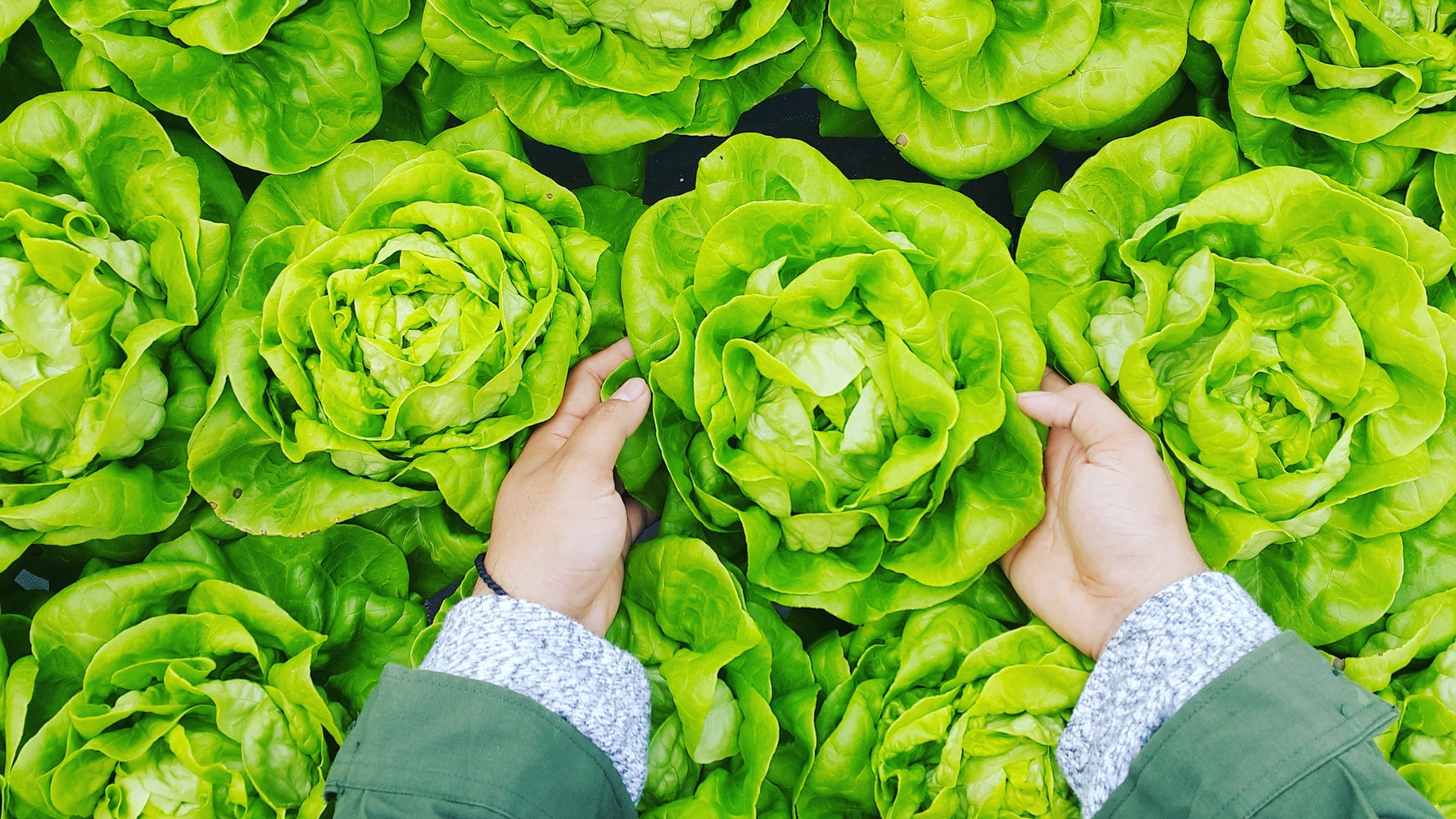By: David Jeter, CFP®
I have heard that farmers often make good investors. In the last couple of weeks Pittsburgh has had its fair share of summer rainstorms. A colleague and I got to thinking about how a farmer, whose livelihood is influenced greatly by weather handles these storms. Some time ago, we heard a story relating farming to investing.
I understand that farming takes into consideration three related, but absolutely different, environmental realities. These realities are climate, the prevailing conditions of a region over successive years; seasons, the four periods during the year that exhibit different weather conditions; and weather, the state of the atmosphere in regards to temperature, moisture, and pressure.
Farmers make considerations for all three of these, but they do not treat each like the other, nor do they react to each the same way. If a farmer desires to grow avocados, she needs to do so in a climate that will allow for avocados. Avocados grow in a tropical to subtropical climate. If you are a farmer in Michigan, your climate won’t allow for success and you will need to plant something else, or move. Furthermore, an avocado farmer needs to make consideration for when the proper season is to plant, grow, and harvest. All crops do not follow the same season, and thus a farmer of corn would not plant in January to harvest in April…but a cabbage farmer might. And as far as the weather goes for avocado farming, humidity is a must, whereas other crops would not fare well.
Finally, the weather will play a part in determining the success of the crop. In this regard, a farmer pays attention to the weather each day, but a few days of intense heat or a few days or intense rain will not lead the farmer to rethink her long understood method of crop cultivation. Each year we read of droughts, freezes, and floods that wipe out a crop of something somewhere. What does the farmer do the following year?
So why do I think this relates to investing?
I see the climate as the allocation mix of your portfolio. A portfolio of 50% debt assets / 50% equity assets will have certain prevailing conditions over time and produce a certain range of results, like a crop. A portfolio of 20% debt assets / 80% equity assets will produce a very different crop as it is in a different climate. You should know what you are trying to grow and be in the right investing climate. If your friend is growing a different investment crop, let them farm in a different region.
The seasons are like the business cycle. This cycle includes expansion, peak, recession, and trough. This is akin to spring, summer, fall and winter. Farmers have a job to do in each, and as an investor, so do you.
The weather is something you deal with every day, but is not something you can or should avoid. For example, when these summer storms hit in Pittsburgh I can have an umbrella, a hat, a jacket, and galoshes and still I am not going to avoid every raindrop. I might get soaked, but I won’t stay soaked. (For investors the current raindrops we are trying to dodge include gov’t debt, inflation, the Middle East, Europe woes, China slowdown, the market rising too fast, Obama scandals, the end of QE and many others.)
Likewise, a farmer knows they will experience heat, cold, rain, and drought, high and low humidity. They just won’t know the exact day they will see it. What they are sure of is that in far more years than not, they will have success in their crop yield, so they keep planting and harvesting each year.
To be a successful farmer one needs to know the climate in which she is operating, determine the best seasons for planting and harvesting, and be aware of the weather, but not beholden to it. I would suggest a successful investor should have the same approach.
Author: David Jeter, CFP®, Allegheny Financial Group, July 2013
Securities offered through Allegheny Investments, LTD, a registered broker/dealer. Member FINRA/SIPC.
The above comments are provided for discussion purposes only and are not meant to be an offer of any specific investment.
